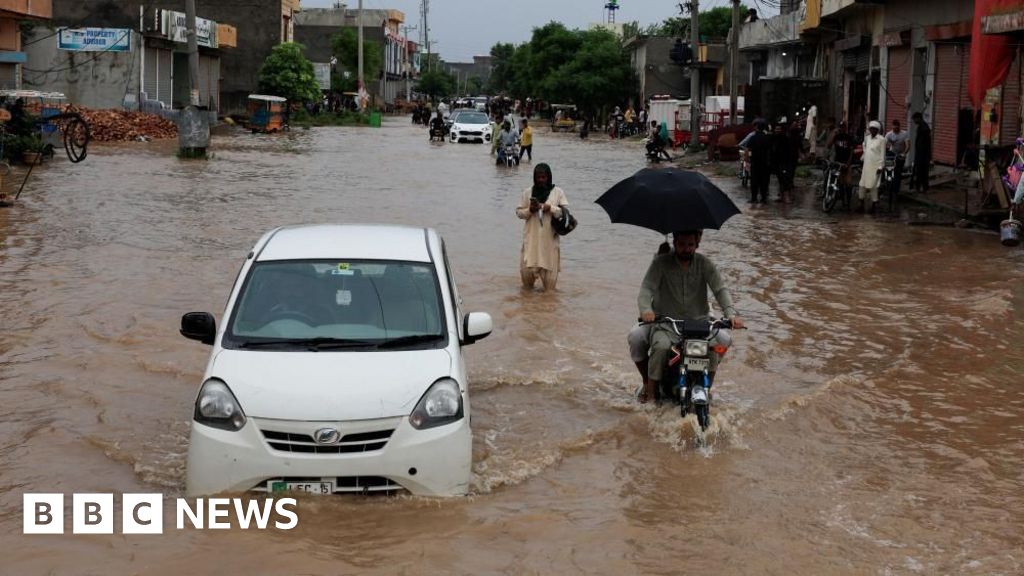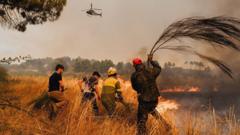The Jet Set nightclub tragedy unfolded on April 8, as concertgoers gathered to enjoy a lively performance. Around midnight, patrons began to notice loose plaster and water dripping from the ceiling, signaling potential structural issues. Alarmingly, just minutes before the catastrophic collapse, a heavy slab fell, albeit without causing immediate panic among the audience, primarily due to the overwhelming sounds of music and excitement.
Eyewitnesses reported that attendees had little time to escape as the roof gave way under the weight of heavy air-conditioning units and water tanks, leading to chaos as debris fell and trapped nearly 200 individuals underneath. "God warned us, but the music and the party didn’t let people hear it," recalled survivor Nelson Pimentel, who tragically lost ten friends in the disaster. His construction background allowed him to recognize the visible signs of deterioration prior to the event.
The incident has sparked public outcry and raised serious questions regarding the safety of older buildings in the Dominican Republic, highlighting the need for stricter enforcement of building codes and routine inspections. This tragedy is not isolated; recent years have seen multiple building collapses in the country, signaling systemic issues with infrastructure safety that urgently require governmental attention.
As further investigations unfold, experts and communities are calling for accountability and rigorous safety standards to ensure that such a horrifying loss of life is never repeated. The Jet Set disaster stands as a grim reminder of the potential repercussions when safety regulations are overlooked in favor of entertainment.
Eyewitnesses reported that attendees had little time to escape as the roof gave way under the weight of heavy air-conditioning units and water tanks, leading to chaos as debris fell and trapped nearly 200 individuals underneath. "God warned us, but the music and the party didn’t let people hear it," recalled survivor Nelson Pimentel, who tragically lost ten friends in the disaster. His construction background allowed him to recognize the visible signs of deterioration prior to the event.
The incident has sparked public outcry and raised serious questions regarding the safety of older buildings in the Dominican Republic, highlighting the need for stricter enforcement of building codes and routine inspections. This tragedy is not isolated; recent years have seen multiple building collapses in the country, signaling systemic issues with infrastructure safety that urgently require governmental attention.
As further investigations unfold, experts and communities are calling for accountability and rigorous safety standards to ensure that such a horrifying loss of life is never repeated. The Jet Set disaster stands as a grim reminder of the potential repercussions when safety regulations are overlooked in favor of entertainment.






















